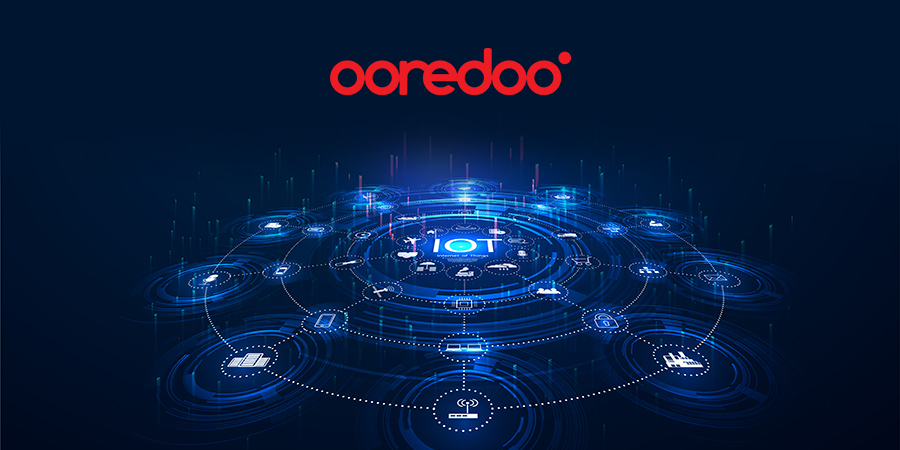Ooredoo Oman has rolled out Narrowband Internet of Things (NB-IoT) technology to power various IoT-enabled applications that could result in energy savings and supply chain management optimization. IoT is an umbrella term for devices connected to, and communicating with, the internet and each other— merging the digital and physical worlds. From wearable devices to meters that allow for remote readings of water and gas usage to solutions that track the delivery of packages, IoT has entered the mainstream, and Ooredoo is at the forefront of this transformation.
“The Internet of Things technology drives the digital transformation of businesses and the economy. It has become embedded in our daily lives and the operations of entities in the private and Government sectors. Companies and consumers are employing these smart solutions to streamline operations, manage physical assets, and improve their health and well-being,” said Saoud Al Riyami, Chief Business and Wholesale Officer at Ooredoo Oman. “As a leading connectivity and infrastructure provider, boosted by the roll-out of our NB-IoT network, we ensure Internet of Things-enabled devices stay connected and functional.”
Ooredoo has been at the forefront of adopting the latest IoT technology, and its benefits for their customers. The company has also stepped up the future-proofing of IoT-enabled devices which currently rely on mobile 3G connectivity. In August 2023, the Ooredoo Group became the first telecommunications operator in the GCC region to join the IoT World Alliance (the world’s largest Mobile Network Operator cooperative) to drive connectivity to the next level.
The company also entered the LoRa Alliance— a nonprofit association of members supporting IoT deployments. Ooredoo leverages these partnerships to collaborate with other IoT service providers, chip manufacturers, solution developers, and other businesses, addressing the industry’s demands and propelling the technology forward. Ooredoo also partnered with the Nama Holding company, successfully installing 330K IoT-enabled smart water meters and continuing connections of more than 285K electricity meters.











